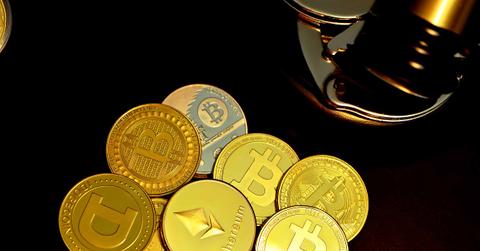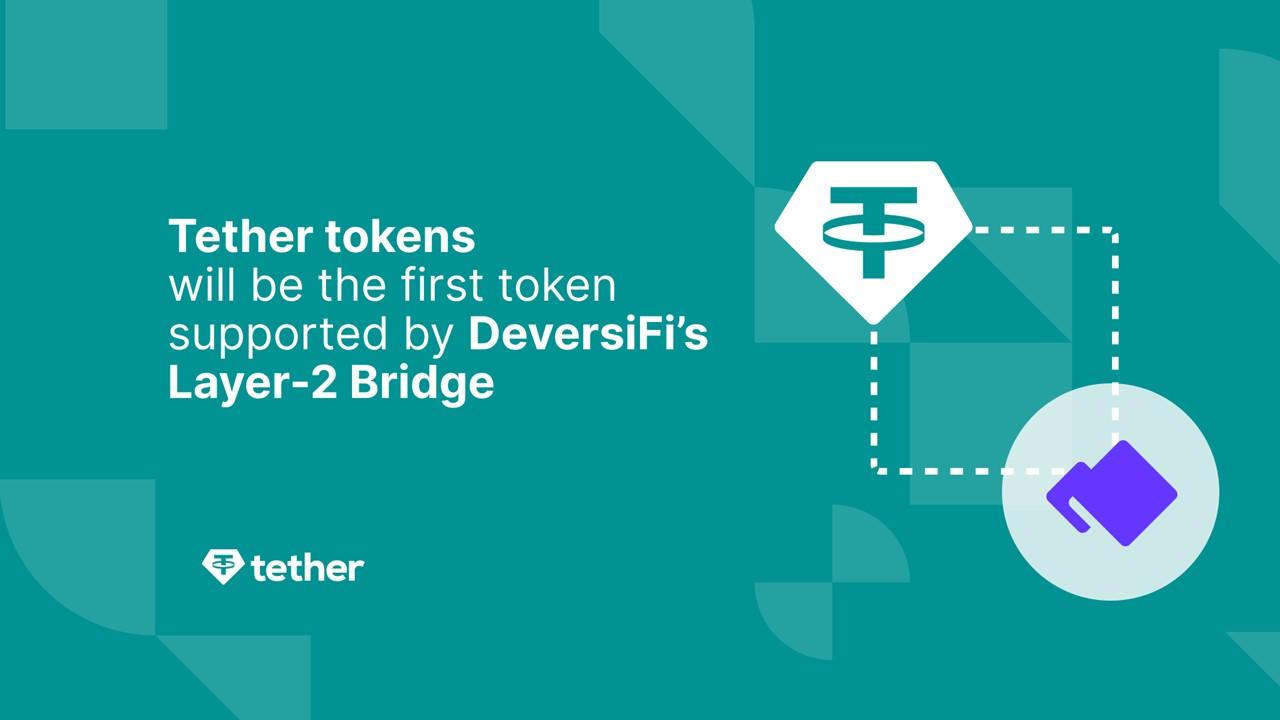What Are Stablecoins? Regulators' Interest Peaks Amid Crypto Boom
Regulators are taking a keen interest in stablecoins. As a result, many people want to know more about stablecoins.
Nov. 3 2021, Published 1:53 p.m. ET

Federal financial regulators have taken a keen interest in cryptocurrencies. For example, there's an effort to help banks have more activity in the crypto economy even though some bank executives think that Bitcoin is a “fraud,” “worthless,” and “fools’ gold.” Amid regulators' growing interest in crypto, stablecoins have come into sharp focus. What are stablecoins and what are they used for? Are stablecoins a good investment?
Stablecoins' rapid growth has caught the White House's attention. Regulators are concerned that stablecoins could destabilize the payment system and expose consumers to abuse. Therefore, they want Congress to pass a law to allow stablecoins to be regulated like banks.
What are stablecoins?
Stablecoins are a type of cryptocurrencies that are designed to maintain a stable value. They exist to solve the volatility problem of conventional cryptocurrencies. Volatility concerns have kept many businesses, consumers, and investors away from the crypto economy despite the many opportunities it offers.

Many stablecoins are pegged to the U.S. dollar. For every stablecoin in circulation, there's a dollar in a reserve account that backs it. Other coins are backed by commodities like gold or oil. Some stablecoins are backed by other cryptocurrencies.
Stablecoins are a bridge between fiat money and conventional cryptocurrencies. They offer the stability of fiat and the flexibility of cryptocurrencies.
Examples of stablecoins
The largest stablecoins by market value are Tether (USDT), USD Coin (USDC), Binance Coin (BUSD), Dai, and TerraUSD (UST). All of these coins are pegged to the U.S. dollar, although some of them are collateralized by a mix of the dollar and other assets. The other notable stablecoin is Paxos Gold, which is backed by gold. While El Salvador adopted Bitcoin as a legal tender, Venezuela built its own stablecoin called Petro, which is backed by its oil reserves.
What is the best stablecoin?
Tether is the largest stablecoin and it accounts for more than half of the sector’s market value. It originally launched as Realcoin in 2014. At some point, it was called USTether before it rebrand to its current name.
A Hong Kong-based company called Tether Limited is behind the stablecoin, which tracks the U.S. dollar and is backed by a mixture of cash reserve in dollar, government, and corporate securities.
You can buy Tether with the U.S. dollar on major crypto exchanges including Coinbase, Binance, Huobi, Gate, and Kraken. The stablecoin can also be purchased with other cyptocurrencies including Bitcoin, Ethereum, and Solana.
What are stablecoins used for?
The stability and flexibility of stablecoins make them ideal for many applications. Currently, they’re mainly used for purchases, remittances, and investments. Stablecoins have become popular because they facilitate fast, cheap, and secure transactions. Also, they’re more accessible. For example, while banks close on weekends and holidays, businesses and consumers can access and transact with stablecoins at any time.
Are stablecoins a good investment?
Although regulators are closely scrutinizing stablecoins for a potential negative impact on the financial system, U.S. Treasury Secretary Janet Yellen has said that they could benefit the payment system. According to Yellen, all that's needed are well-designed and regulated coins.
Investors can make money with stablecoins in a variety of ways like buying and waiting for the price to appreciate. Although capital gain is a popular method to profit with cryptocurrencies, stablecoins don’t offer much on this front because their values don't fluctuate much. For example, while at some point Shiba's crypto price appreciated more than 90,000,000 over a 12-month period, Tether's value only moved up less than 1 percent in the same period.
The opportunity to generate capital gain with stablecoins might be limited, but investors have other potentially better earnings avenues. For example, investors can make money with stablecoins through staking and participating in DeFi lending, which generates interest income.
